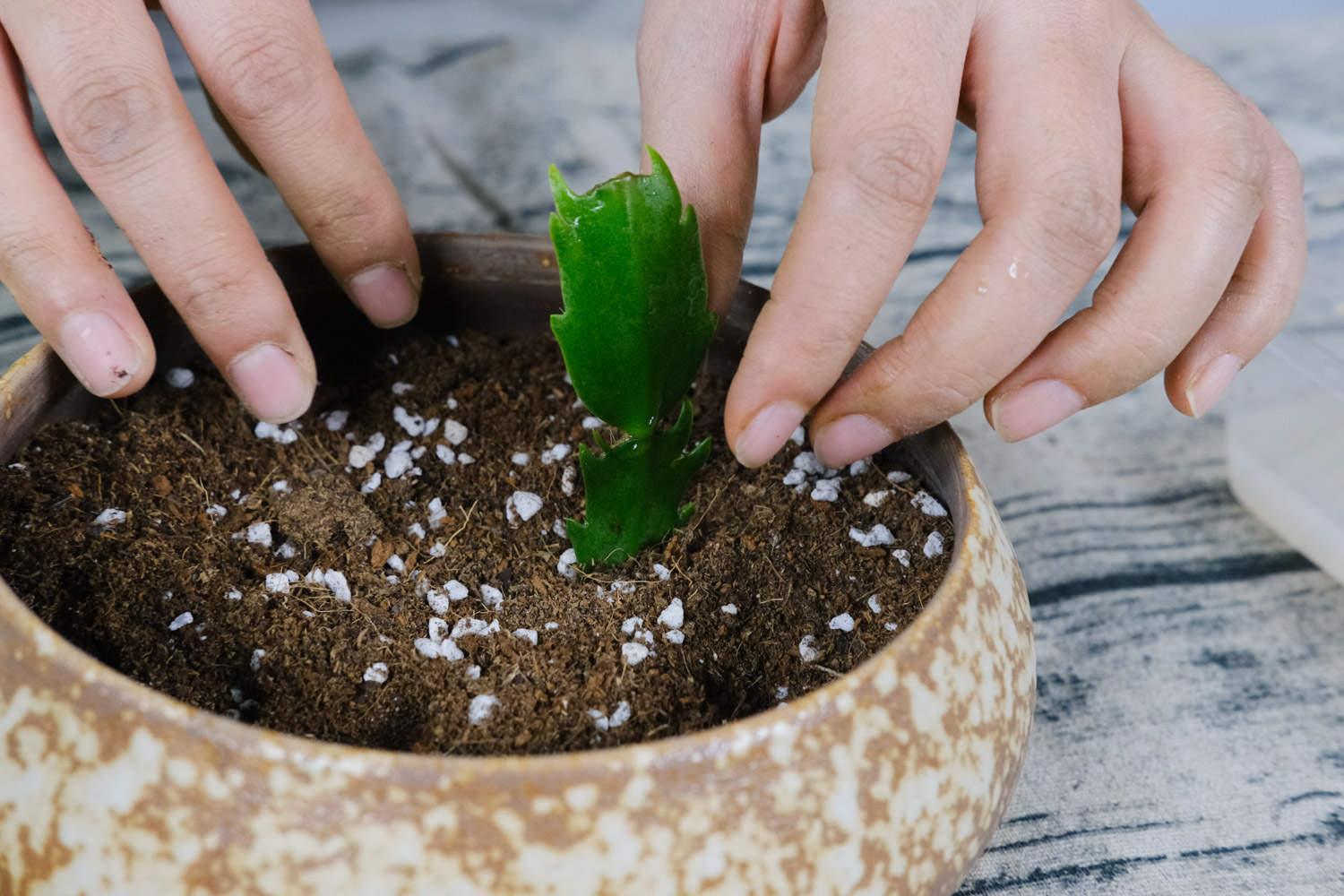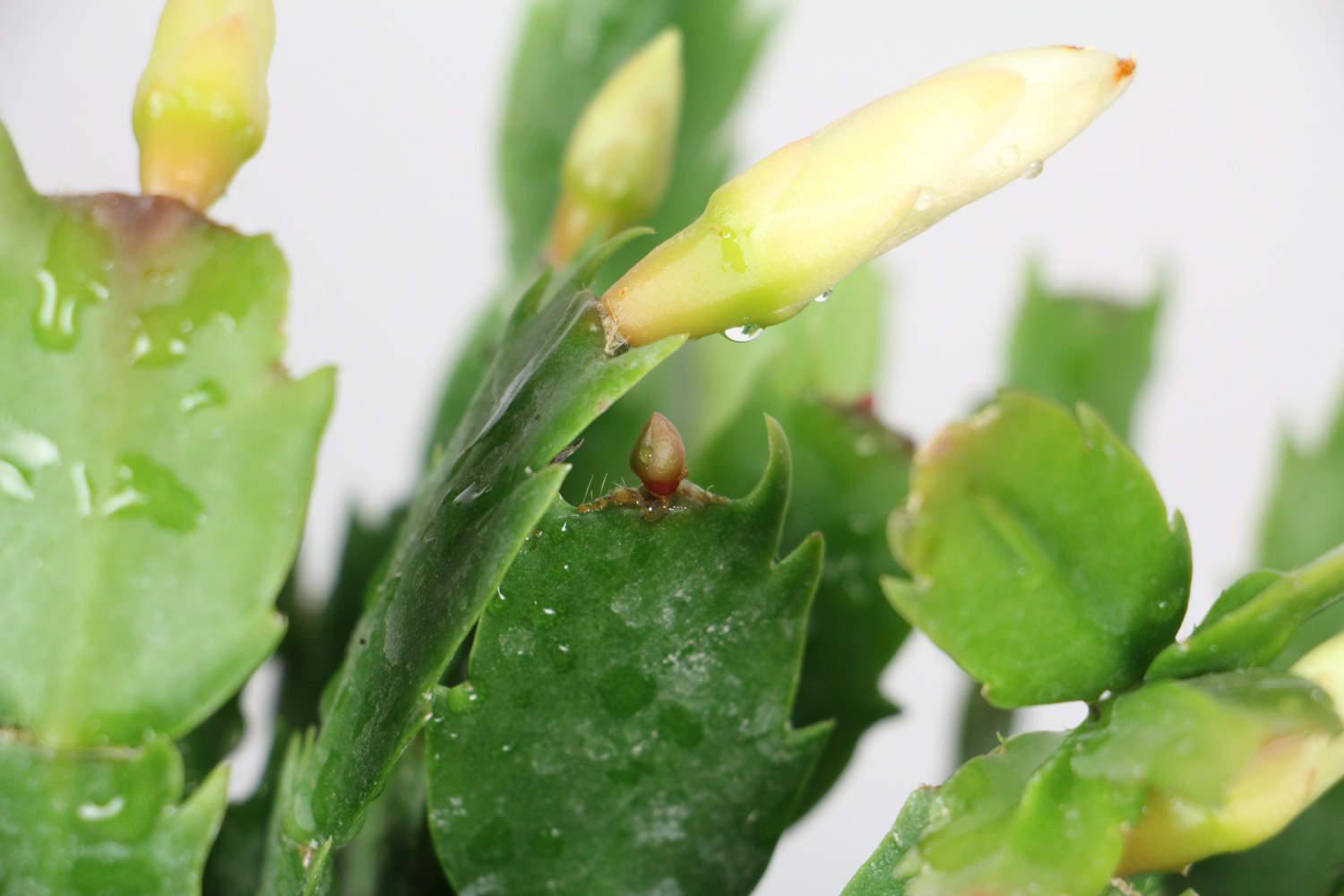How to raise crab claw orchid and how to reproduce it
Last Update :2024.11.25
Article Catalog
When raising crab claw orchids, you should use breathable, water-permeable, and loose soil. The most commonly used soil preparation method is to mix a portion of leaf mold soil mixed with half of coarse river sand. Pay attention to the preparation and disinfection beforehand. Daily watering should be based on growth conditions. Keep the soil moist during the peak growing season and control watering during the dormant period. It likes light, so you need to let it get more sun. Lack of light will cause it to grow and affect flowering. In addition, it likes fertilizer, so it must be fertilized regularly. Only with sufficient nutrients can it grow vigorously.

1. How to raise
1. How to raise it
1. Soil: Breeding crab claws must use breathable, water-permeable, loose sandy soil. It is recommended that you use half leaf mold soil and half coarse river sand. To mix, disinfect before use after preparation to avoid germs in it.

2. Watering: During the management period Water properly, the specific frequency will be determined according to the growth stage. During the peak growing season, keep the soil moist, water it every two or three days, and sprinkle it frequently. During the dormant stage, water should be controlled and the soil should be slightly dry. Be careful not to accumulate water at any time, otherwise the roots will easily rot.
3. Light: It likes light. It should be placed in a sunny place to bask in the sun, just avoid strong light. It will bloom normally only if there is enough light. If there is a lack of light, the stems and leaves will easily grow leggy, which will also affect flowering.

4. Fertilization: It likes fertilizer. Flowers should be fertilized regularly to promote growth. During the growth period, a thin fertilizer should be applied every half month. You can choose decomposed manure or compound fertilizer. Before flowering, phosphorus and potassium fertilizers should be added to promote flowering. Fertilizer should be stopped after winter to avoid fertilizer damage.
2. How to reproduce
There are three methods of reproduction. The first is the sowing method. Generally, the seeds will mature in July and August. They can be sown directly after harvesting and treatment. However, this method grows slowly and is difficult to manage, so it is rarely used. The second is the cutting method. Choose strong stems and leaves as cuttings, insert them directly into the substrate, and they will take root quickly. The third is the grafting method. The rootstock is often cactus, and its stem nodes are used as scions. After grafting, place it in a semi-shady and ventilated place, and the wound will heal within a week.

2. How to reproduce
- END -
When does the tiger thorn plum blossom?

Tigerberry is a plant from the Euphorbiaceae family, with small, cute flowers. So,...
Here’s what you need to know in May, don’t let your succulents die in summer

In May, spring is gone in a hurry, and the hot summer is about to usher in. In thi...